In India, the Northeastern region is quite charming and interesting enough to be known about. Among the eight Northeastern States, Sikkim is a small hilly state, Tripura is strategically situated between the river valleys of Myanmar and Bangladesh. Encircled almost on three sides by Bangladesh, it is linked with Assam and Mizoram, through land.
Tripura has its unique tribal culture and a fascinating folklore. The history of Tripura can be learnt from ‘Rajmala’ chronicles of king of Tripura and writings of historians. There are references of Tripura even in the Mahabharata and the Puranas. According to ‘Rajmala’ the rulers were known by the surname ‘Fa’ meaning ‘Father’. There is a reference to rulers of Bengal, helping Tripura kings in 14th century. Kings of Tripura had to face frequent Mughal invasions with varying successes. They defeated the Sultans of Bengal in several battles. Nineteenth century marked the beginning of the modern era in Tripura, when Maharaja Bir Chandra Kishore Manikya Bahadur modeled his administrative set-up on British-India pattern and brought in various reforms. His successors ruled Tripura till 15 October 1949, when the state merged with the Indian Union. Initially, a part ‘C’ state, it became a centrally administered territory with the re-organisation of states in 1956. In 1972, Tripura attained the status of a full-fledged state.
This small but comprehensive and compact book on this northeastern state, offers all information, within one cover. Hopefully, it would serve all those working on or interested in knowing about northeastern India, be they scholars, researchers, journalists, students or general readers. This is in fact, ‘Knowledge in Nutshell’.

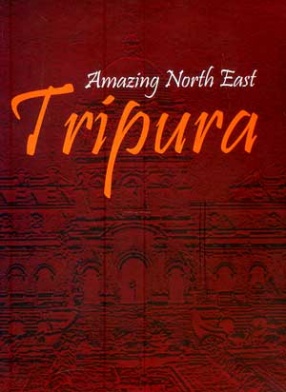
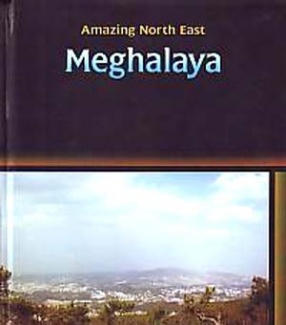
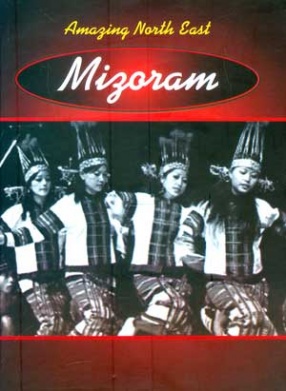
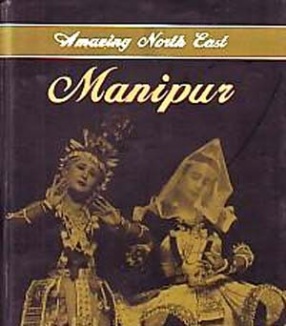
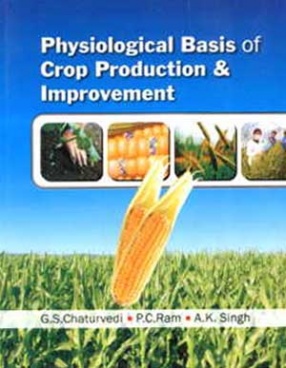

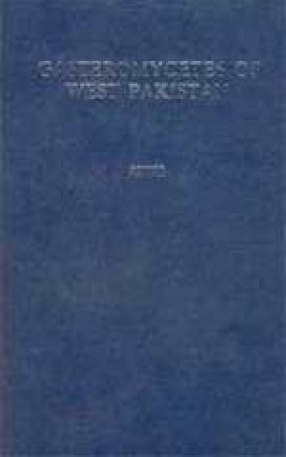
There are no reviews yet.